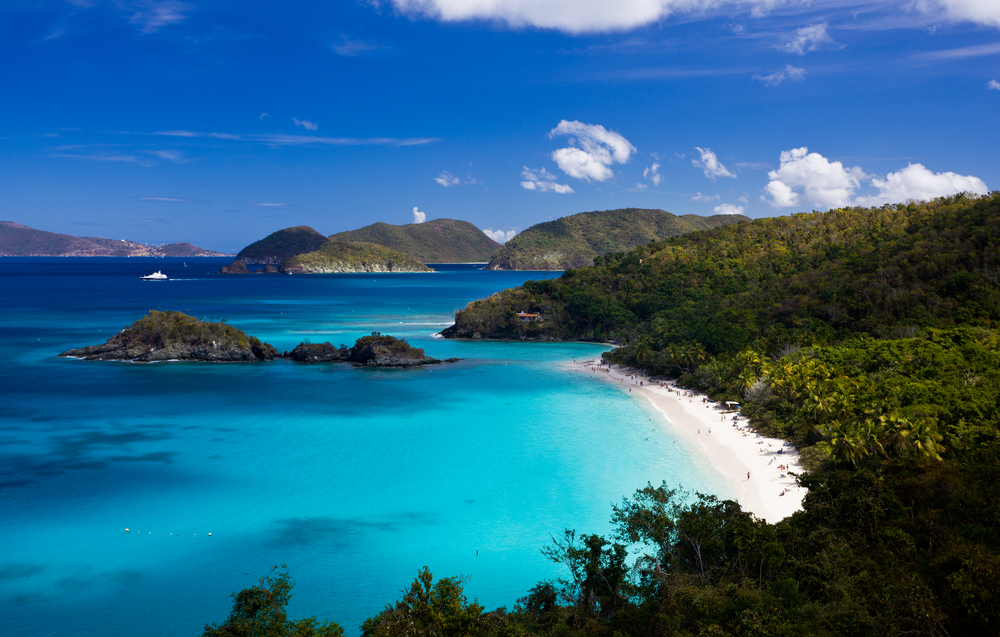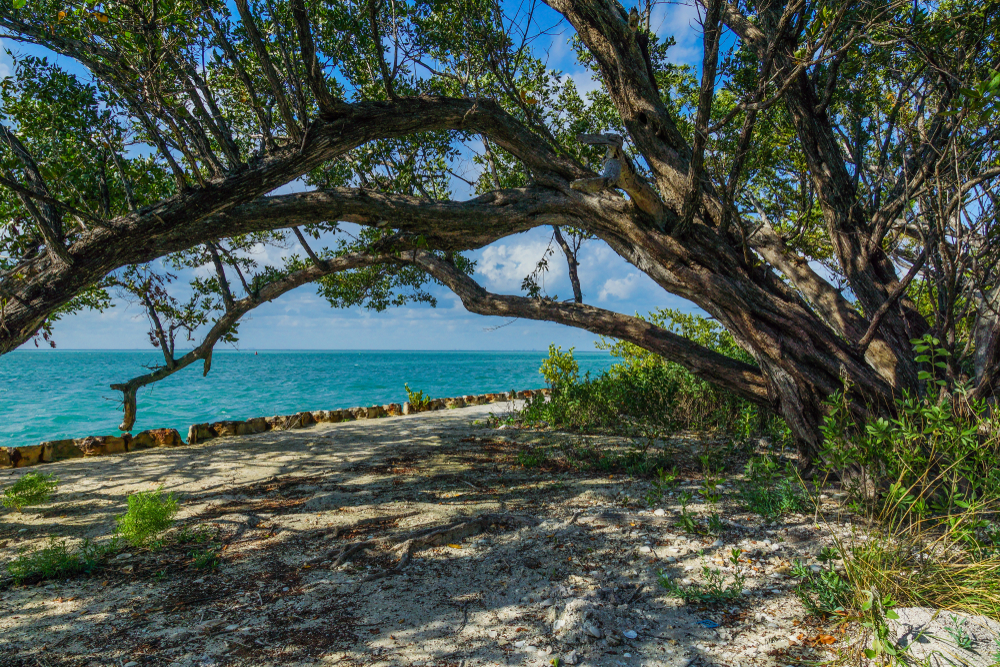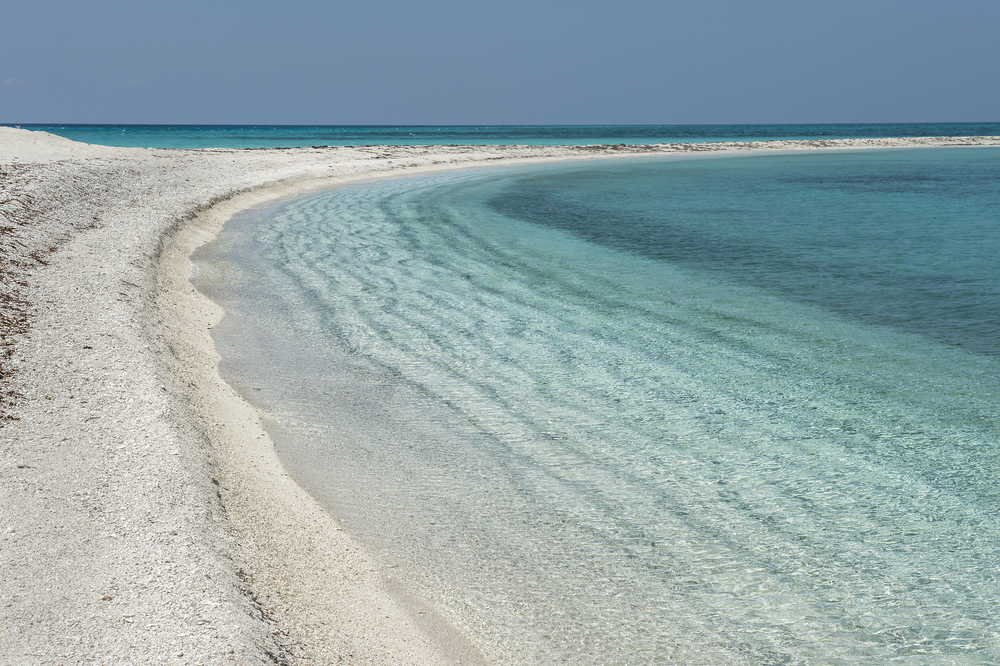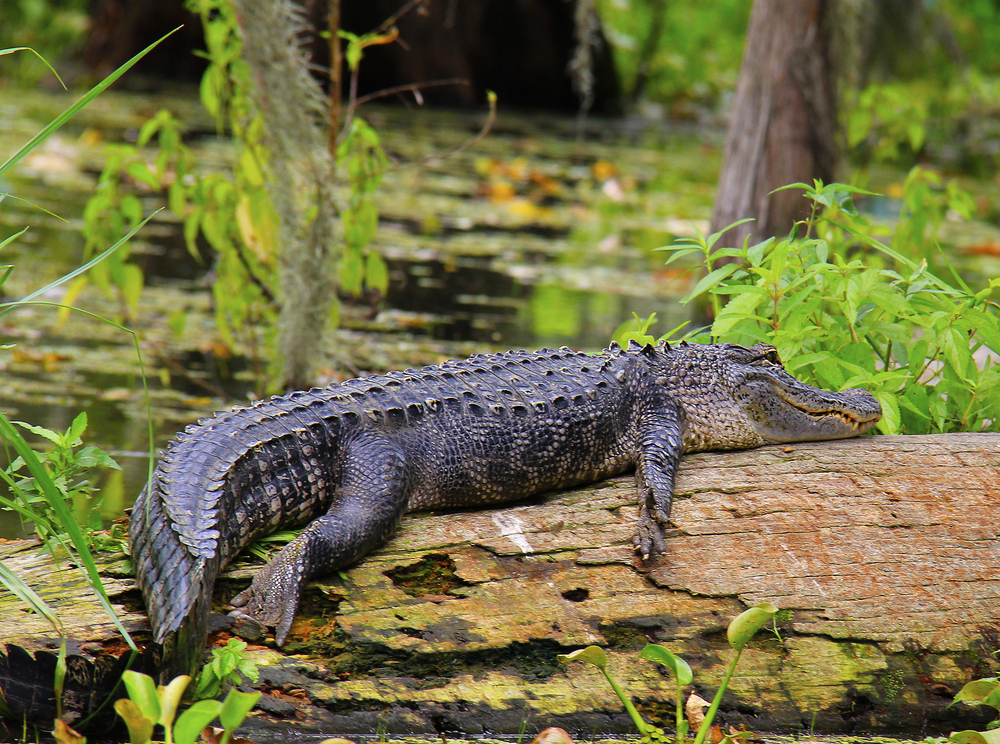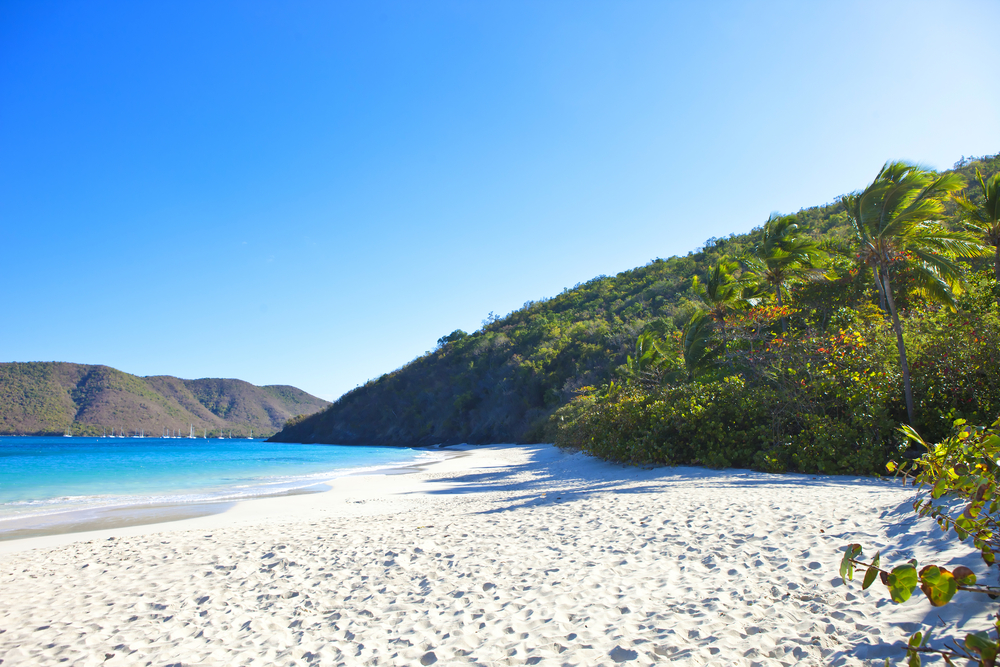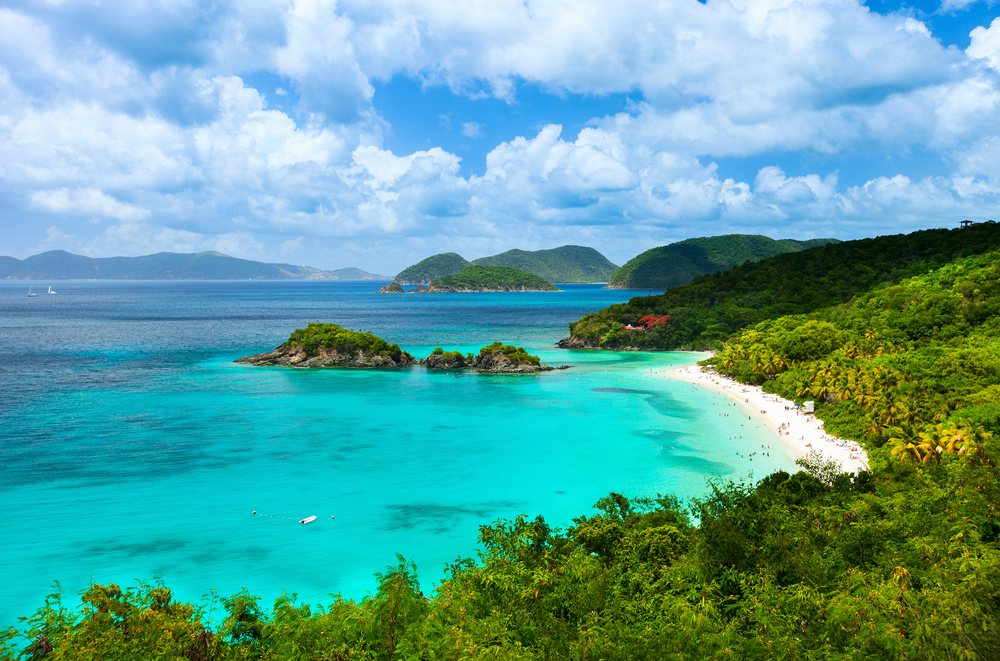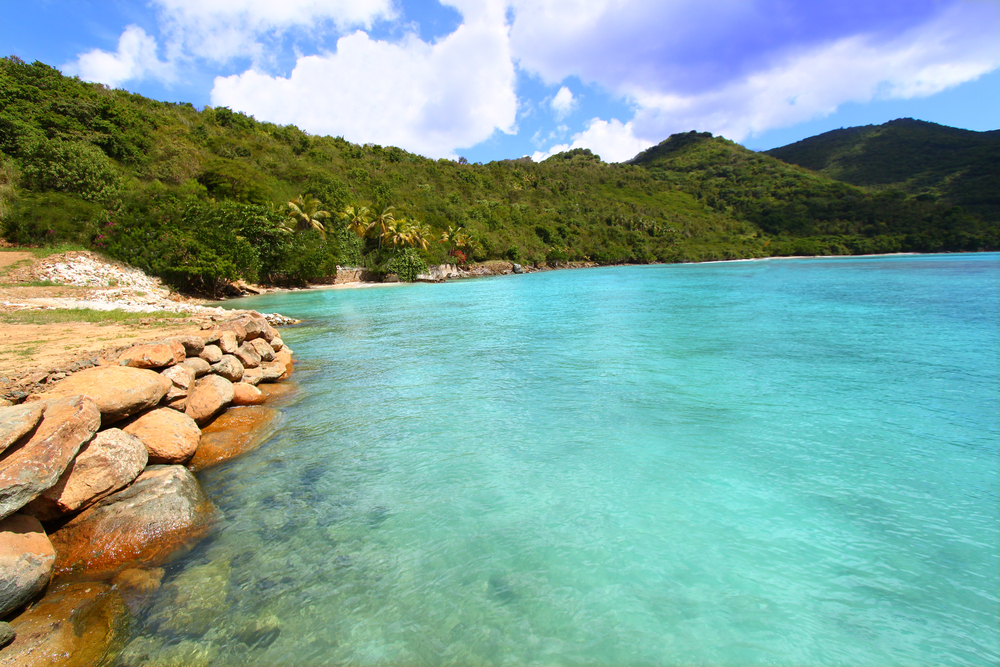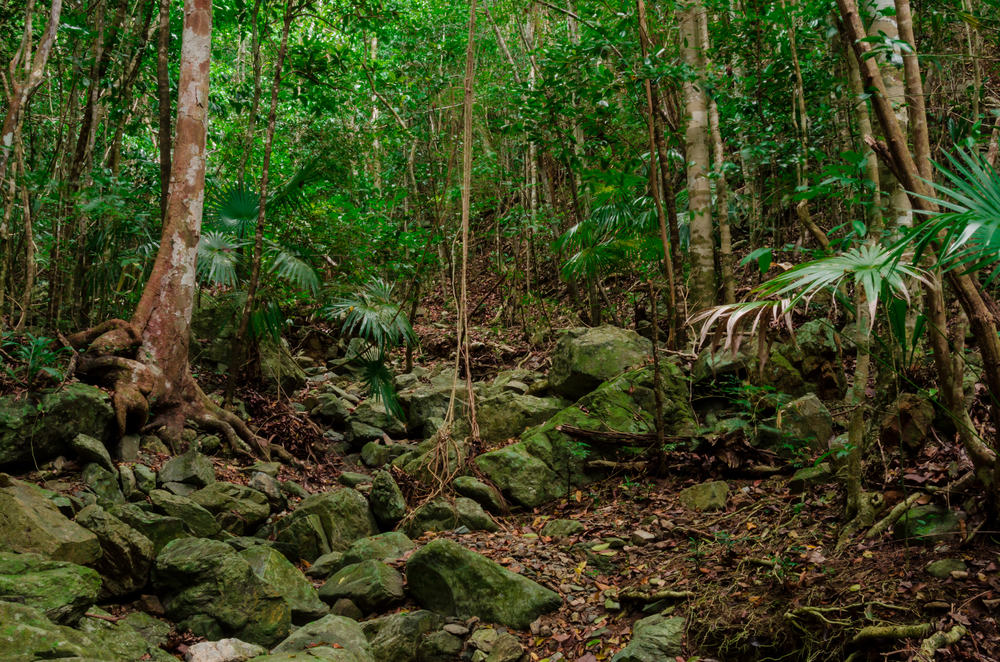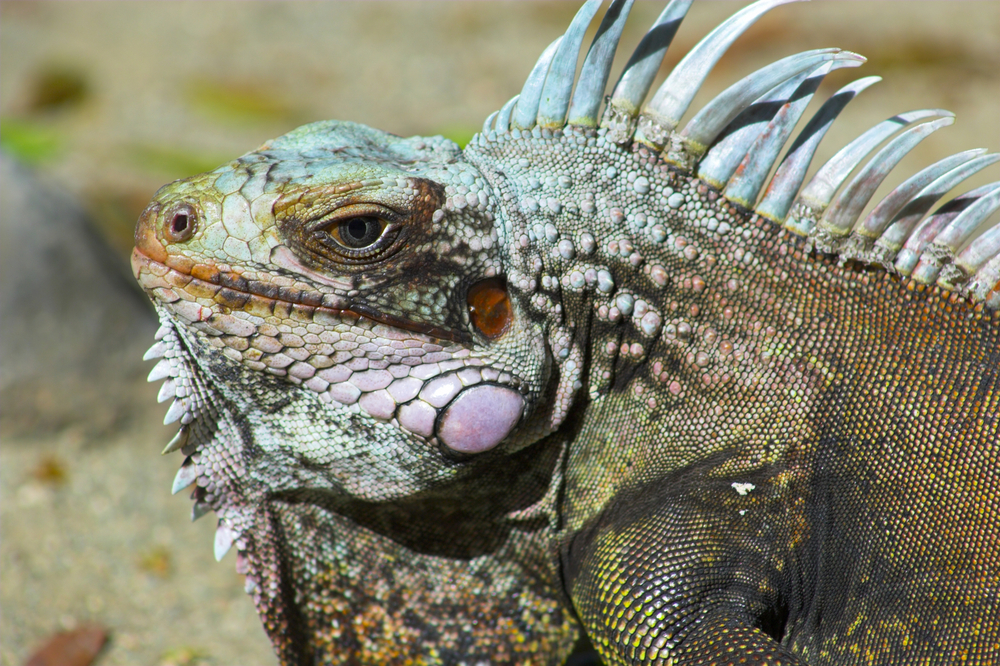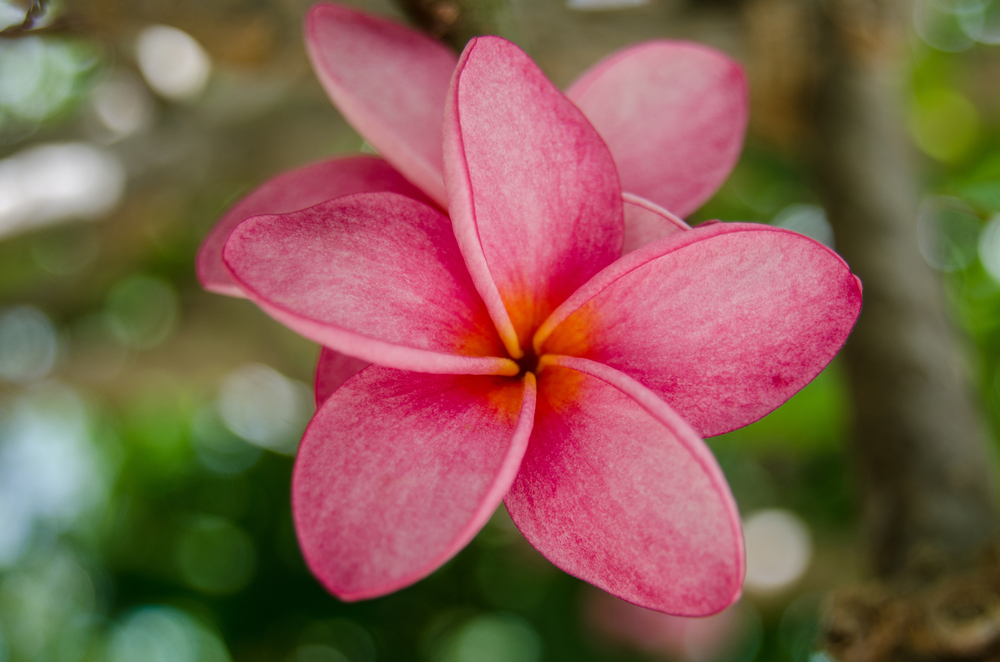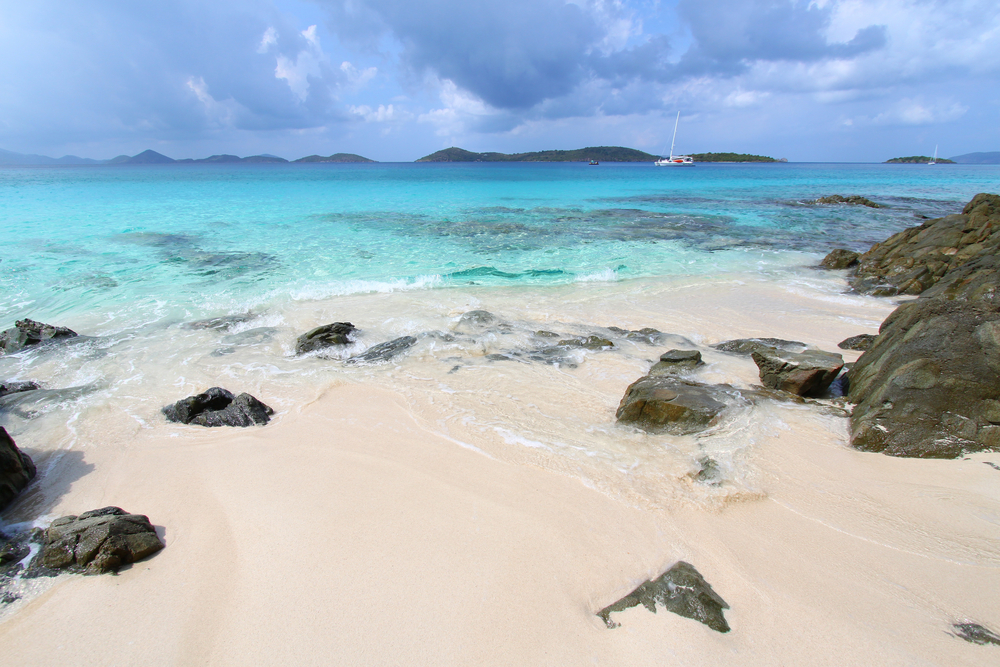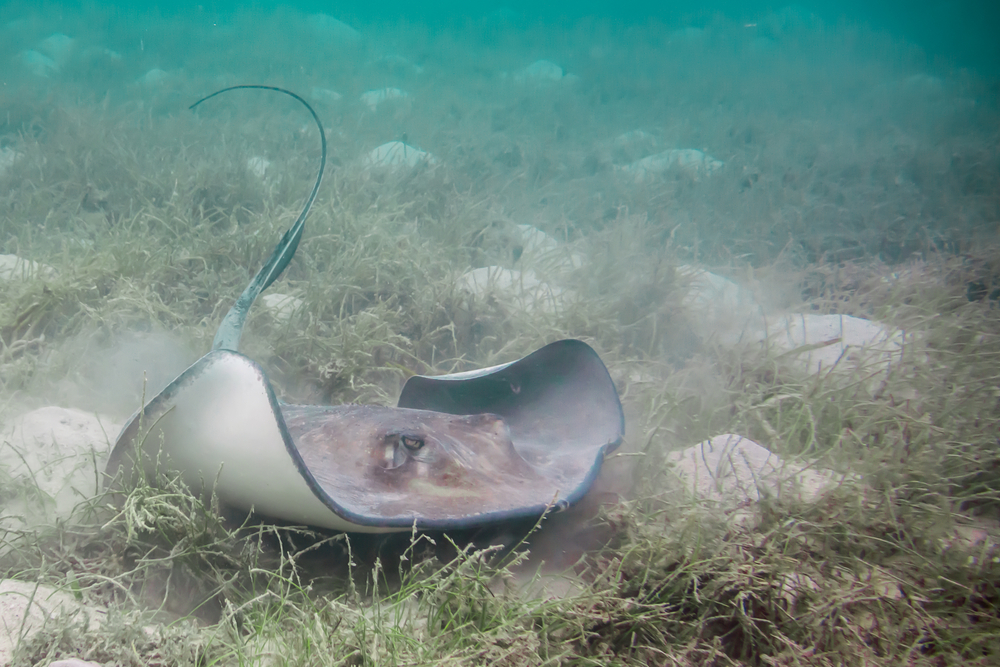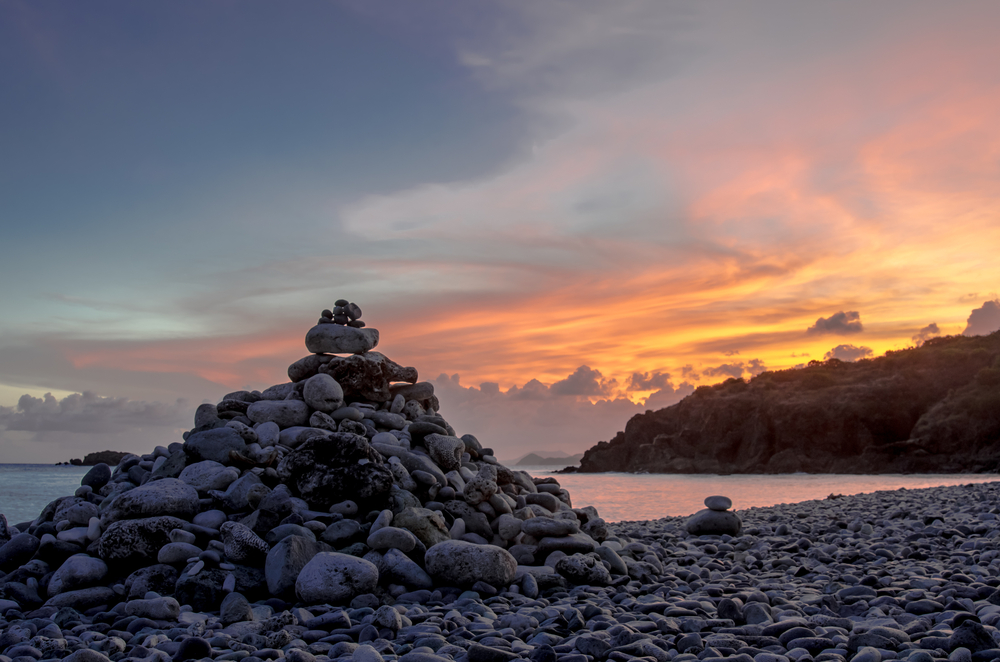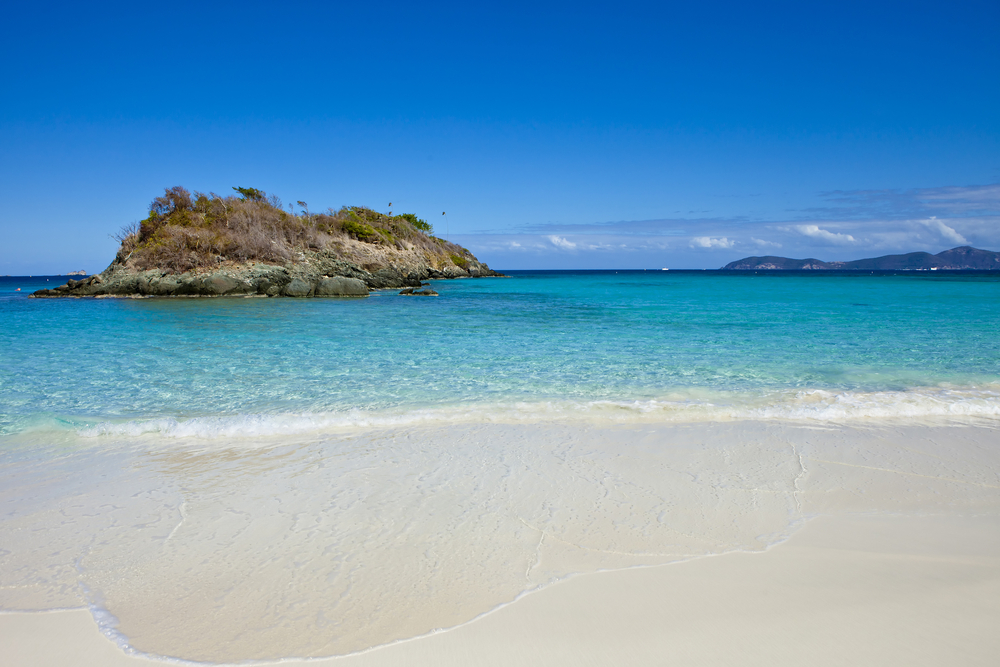Virgin Islands National Park, located on the island of St. John in the United States Virgin Islands, is known for its stunning natural beauty, pristine beaches, and vibrant coral reefs. Established in 1956, the park encompasses over 7,000 acres of land and nearly 5,000 acres of submerged lands, protecting a diverse range of ecosystems both on land and underwater.
One of the main attractions of Virgin Islands National Park is its beautiful beaches, including Trunk Bay, Cinnamon Bay, and Maho Bay, which offer visitors opportunities for swimming, snorkeling, and sunbathing in crystal-clear Caribbean waters. The park’s lush tropical forests are also home to a variety of wildlife, including iguanas, hermit crabs, and numerous bird species, making it a popular destination for nature enthusiasts and birdwatchers.
In addition to its natural beauty, Virgin Islands National Park has a rich cultural history, with archaeological sites and ruins dating back over a thousand years, including pre-Columbian petroglyphs and colonial-era sugar plantations. Visitors to the park can explore these historic sites and learn about the island’s indigenous Taino people and its colonial past through interpretive exhibits and ranger-led programs.
Overall, Virgin Islands National Park offers visitors a chance to experience the beauty and tranquility of the Caribbean while learning about the rich natural and cultural heritage of St. John.








































































